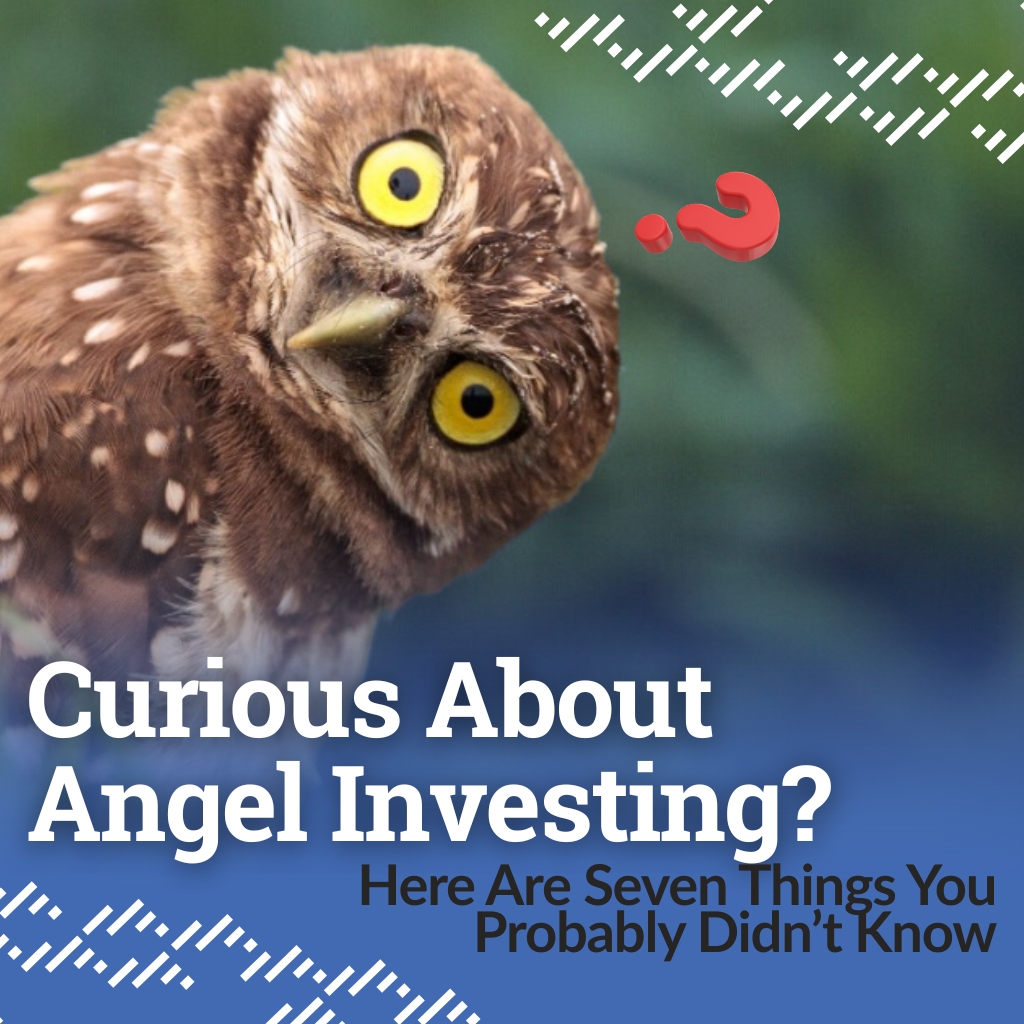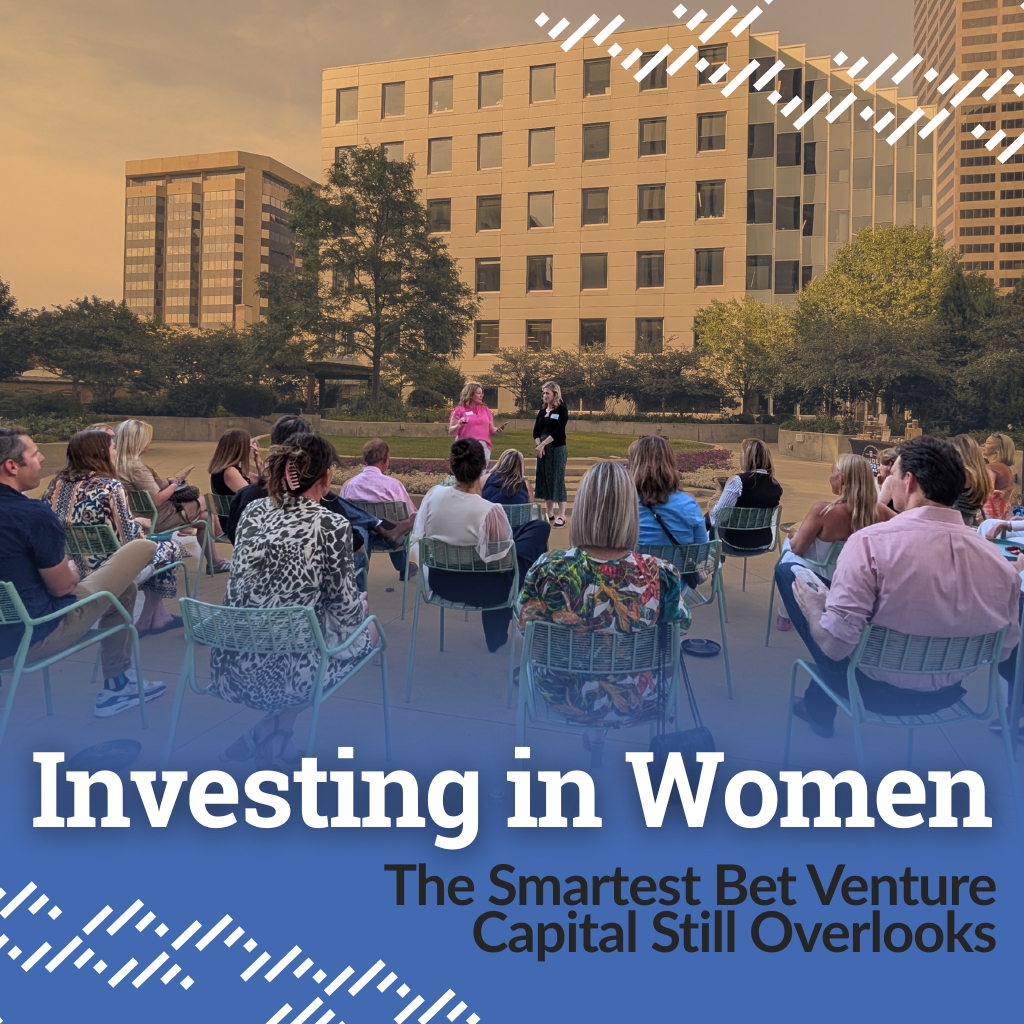Don't Invest in Startups with "Traction": Why Angel Investors Need to Look Deeper

When "Traction" Leads to Disaster
One of the biggest flame-out investments I've ever made was in a company with great traction. They had 10,000 pre-orders for their software that promised to make complex airline bookings easier and cheaper. This was one of those companies that disappears as soon as the check clears—only to come back up for air every year or so to ask for more money. Their Russian software development team never could figure out how to integrate all those disparate airline booking systems, and the company eventually crashed.
A lot of accelerators and pitch coaches advise their companies to "start with their traction." I get it—they want the audience to lean in and pay attention because this founder has supposedly shown the ability to execute. It's not just another napkin-stage startup hoping to raise $1 million from angel investors.
Traction is good—or is it?
🚩 Traction Is Often a False Signal
Many investors interpret traction as evidence of product-market fit or even long-term viability. But compelling data shows that early traction can actually be misleading or even dangerous when used as the primary criterion for investment.
According to the Startup Genome Project, which analyzed thousands of startups, 70% of startups scaled prematurely, and this premature scaling was the number one cause of failure. These companies showed early traction—rapid customer acquisition, revenue growth, flashy PR—but lacked the underlying infrastructure to support sustainable growth. On average, they grew 20x slower, burned through capital 10x faster, and were more likely to fail than companies that scaled at a sustainable pace.
First Round Capital's analysis of over 300 early-stage investments revealed that companies with the most impressive early traction metrics weren't necessarily the ones that delivered the biggest returns. In fact, companies that optimized for sustainable growth rather than vanity metrics were 3.5x more likely to achieve significant exits.

🧟 The Walking Dead Problem
Experienced angels know the pain of having the "walking dead" in their portfolio. These are companies that had early traction but plateaued in their "comfort zone"—often around a $2–3 million annual revenue run rate. That's not enough to attract a strategic acquirer or IPO interest, but just enough to keep the lights on and pay the founders a decent salary.
These companies rarely exit. Instead, they end up as zombie startups, quietly consuming investor capital while thanking their backers for helping them "buy a job." The early traction was real—it just didn't translate into the capability to scale.
Sometimes the Walking Dead problem is caused by the vision, or lack thereof, of the founders. I have had founders proudly tell me that they will grow to $4 million in revenues in five years. If that is their vision, then they are certainly going to end up as a walking dead company. Angel investors are well advised to be "junior psychologists" to get into the heads of founders and make sure they are aligned with investor goals and with the realities of life beyond their beachhead market.
CB Insights' research on failed startups found that 42% cited "no market need" as their primary reason for failure, even among companies with apparent early traction. That traction often reflects beachhead markets that don't translate into broader market adoption. Their study also revealed that 29% of startups ran out of cash before reaching sustainable scale, despite initially promising growth trajectories.
A Harvard Business School study of angel portfolio returns found that the worst-performing 50% of investments produced only 1.1x returns on average, with many lingering as "living dead" investments that neither failed completely nor provided meaningful returns.
🚀 Scaling Is a Different Game
Building a product and acquiring a few early customers is one skill set. Scaling it is another.
Going from $500K to $3 million in revenue requires hustle, networking, and execution. But going from $3 million to $10 million requires:
- A repeatable and predictable go-to-market engine
- Systems and processes that reduce dependency on founder heroics
- A team and organizational design capable of supporting growth
- A funding strategy that doesn't stop at cash-flow positive
- A concrete exit vision that solves a strategic problem for acquirers, not just customers
As Paul Graham of Y Combinator noted, many startups confuse traction in a niche market with scalable growth potential. What looks like growth is often just the founder burning through low-hanging fruit or exploiting personal networks—not building a repeatable business.
Truespace, in partnership with Gallup, conducted groundbreaking research spanning 12 years on companies stuck in the scaling gap between $2-10 million in revenue. Their findings are sobering: of hundreds of companies studied, only 14 successfully scaled beyond $10 million in revenue within a four-year period. That's a success rate of less than 5%.
Their research identified five critical "operating conditions" that companies must develop to break through this ceiling:
- Alignment - Leadership working in lockstep with clear communication
- Disciplines - Systems for consistent execution
- Predictability - Consistent financial forecasting and performance
- Endurance - Cultural and operational resilience
- Value creation - Substantive vs. vanity metrics and outcomes
Most companies with early traction lack these foundational elements, making their scaling prospects dim despite promising beginnings.

📊 The Data Supports a Founder-First, Strategy-Driven Approach
In their 10-year retrospective, First Round Capital found that founders with deep insight into their market, learning velocity, and adaptability were far more predictive of outsized returns than early traction metrics. Similarly, on platforms like AngelList, companies with founders who had strong domain expertise or prior exits performed better, regardless of traction at the time of investment.
What does this mean? Traction is a lagging indicator. It often reflects past execution more than future potential.
Kaufmann Foundation's analysis of angel returns revealed that investments made during the earliest stages—often before meaningful traction existed—produced higher average returns (27%) than those made after traction was established (17%). This counterintuitive finding suggests that angels who wait for "proof" in the form of traction may be missing the highest-return opportunities.
🎭 Traction Can Be Manufactured
Traction is not always just misleading for early stage companies. I recently reviewed a Series B opportunity for one of our portfolio companies with 100+ employees. Their growth rate was impressive until I realized that they were spending $4 in marketing for every $1 in new revenue. That was a strategy that worked in 2021, but doesn't carry water in 2025. The result was a massive down-round with a cram down for preferred equity holders.
To make things worse, traction can be faked or inflated. It's not hard to:
- Spend aggressively on paid acquisition to inflate user counts
- Offer free trials or discounts to show artificial growth
- Cherry-pick metrics like signups instead of retention, or GMV instead of take rate
- Run unsustainable promotions to generate buzz and "social proof"
- Count LOIs and MOUs as "committed revenue" when they're often non-binding
A study by Crunchbase examining 205 failed startups found that 34% had reported "impressive traction" in their fundraising materials just months before failing. Many had manipulated metrics or presented vanity metrics that masked underlying business model failures.
Without looking under the hood, investors may be backing a house of cards.

✅ The Angel Investor's Due Diligence Toolkit: Beyond Traction
Angel investors should focus less on how much traction a startup has, and more on:
1. Quality Over Quantity
- Retention rates and churn (the most honest metric)
- Net dollar expansion (are existing customers spending more over time?)
- Customer acquisition cost trends (is it getting cheaper or more expensive to acquire customers?)
- Gross margins (is the business model fundamentally sound?)
2. Founder Capability & Vision
- Domain expertise and understanding of the market
- Ability to attract and retain top talent
- Learning velocity and adaptability
- Clear understanding of scaling requirements beyond initial traction
3. Strategic Positioning
- Defensible competitive advantages
- Clear path to expand beyond initial beachhead market
- Positioning as a strategic acquisition target (not just a feature)
- Understanding of industry consolidation patterns and exit pathways
4. Operational Excellence
- Systems and processes that can scale
- Financial discipline and capital efficiency
- Data-driven decision making
- Milestone-based planning with clear unit economics
5. Exit Alignment
- Realistic exit multiples for the sector
- Identified potential acquirers and why they would pay a premium
- Understanding of what drives valuation in their specific industry
- Timeline alignment with angel investment horizons
🧠 A Better Approach for Angel Investors
Rather than being dazzled by traction, develop a systematic approach to evaluating early-stage companies:
- Ask the right questions: "How do you know customers truly value this?" instead of "How many users do you have?"
- Go beyond the pitch deck: Talk to customers, try the product, speak with team members beyond the founders.
- Understand the unit economics: Does the business fundamentally work at scale? What happens when marketing spend decreases
- Assess the ceiling: What prevents this company from scaling past $10M? What systems need to be in place?
- Evaluate founder self-awareness: Do they understand the difference between starting and scaling? Are they honest about their limitations?
- Consider your portfolio context: Does this investment complement your existing holdings, or does it duplicate exposure to similar risks?
Traction is not inherently bad—it can be a useful signal. But it's only one piece of a much larger puzzle. Without context, it can lead investors to overvalue early momentum and undervalue the real indicators of scale, resilience, and return potential.
Sometimes, the best investments are the ones that don't yet have traction—but have a plan to get there that actually makes sense.
As angels, we're in the business of backing visionary founders solving meaningful problems with scalable solutions—not chasing vanity metrics. The next time a founder leads with traction, that's your cue to start digging deeper.






.jpg)




